In a world where technology has evolved to dizzying heights—where cars can park themselves, monitor blind spots, and even drive autonomously—there remains one simple, timeless expectation from any internal combustion engine: it must start.
Whether it’s frigid dawn in Minnesota, the middle of nowhere in the Mojave, or a driveway after a car has sat idle for months, that key turn or button press should bring your engine to life.
And while many modern engines meet this expectation during their prime years, only a select few earn a legendary reputation for starting every time, regardless of the mileage, the weather, or the level of care they’ve received. These engines are rare—they are mechanical workhorses that seem immune to time.
This article isn’t about the fastest engines or the ones with the most sophisticated engineering. It’s about engines that you can depend on at 30,000 miles or 330,000 miles. The ones that might be caked in grime, low on oil, or sitting under the hood of a rusted-out body—but still fire up with conviction.
These are the unsung heroes of the motoring world. They weren’t always in luxury cars or high-performance models. Some were nestled in humble minivans or obscure wagons. But their impact has been undeniable, shaping the expectations of mechanics, families, off-roaders, and long-haul drivers for generations.
What makes an engine reliable in this way? It’s not just about how well it runs—although that helps. It’s about the combination of rugged construction, mechanical simplicity, cold-start reliability, and forgiving tolerances. These are engines that don’t require meticulous attention or perfect conditions.
You don’t have to be a master mechanic to keep them running. Often, just regular oil changes and a bit of basic care is all that’s needed to see them past the 300,000-mile mark.
Their resilience also comes from the decisions made by engineers who prioritized durability over trends—using cast iron where others used aluminum, simple fuel injection when others adopted temperamental electronics.
We’ll explore ten of the most durable and consistently starting engines ever made, ranging from Japanese four-cylinders to German diesels, American V8s to Swedish bricks. These engines share a unifying trait: you can count on them. When everything else in your car starts to fade—the paint, the seats, the electronics—these engines are often still going strong.
Their reputations are built not on spec sheets, but on cold mornings, long road trips, and years of hard labor. They’ve started for parents getting kids to school, for mechanics moving junkyard projects, and for adventurers deep in the wilderness. And in every case, they’ve proven themselves not once, but again and again.
Each engine on this list has been selected not only for its ability to run forever, but for its incredible consistency in doing the most important thing any engine can do: start. No matter the neglect, no matter the mileage, no matter the temperature, these ten engines have developed a reputation for springing to life under virtually any condition.
And if you’ve ever owned one, you know exactly what we’re talking about. These aren’t just engines—they’re loyal companions, silent champions of engineering that deliver day in and day out.
So, whether you’re in the market for a used car, planning a restoration, or simply want to marvel at what dependable design really looks like, these are the ten engines that define trust, endurance, and certainty. Turn the key, and let’s dive in.
Also Read: 5 Cars With Encrypted Key Fobs and 5 That Broadcast Constantly
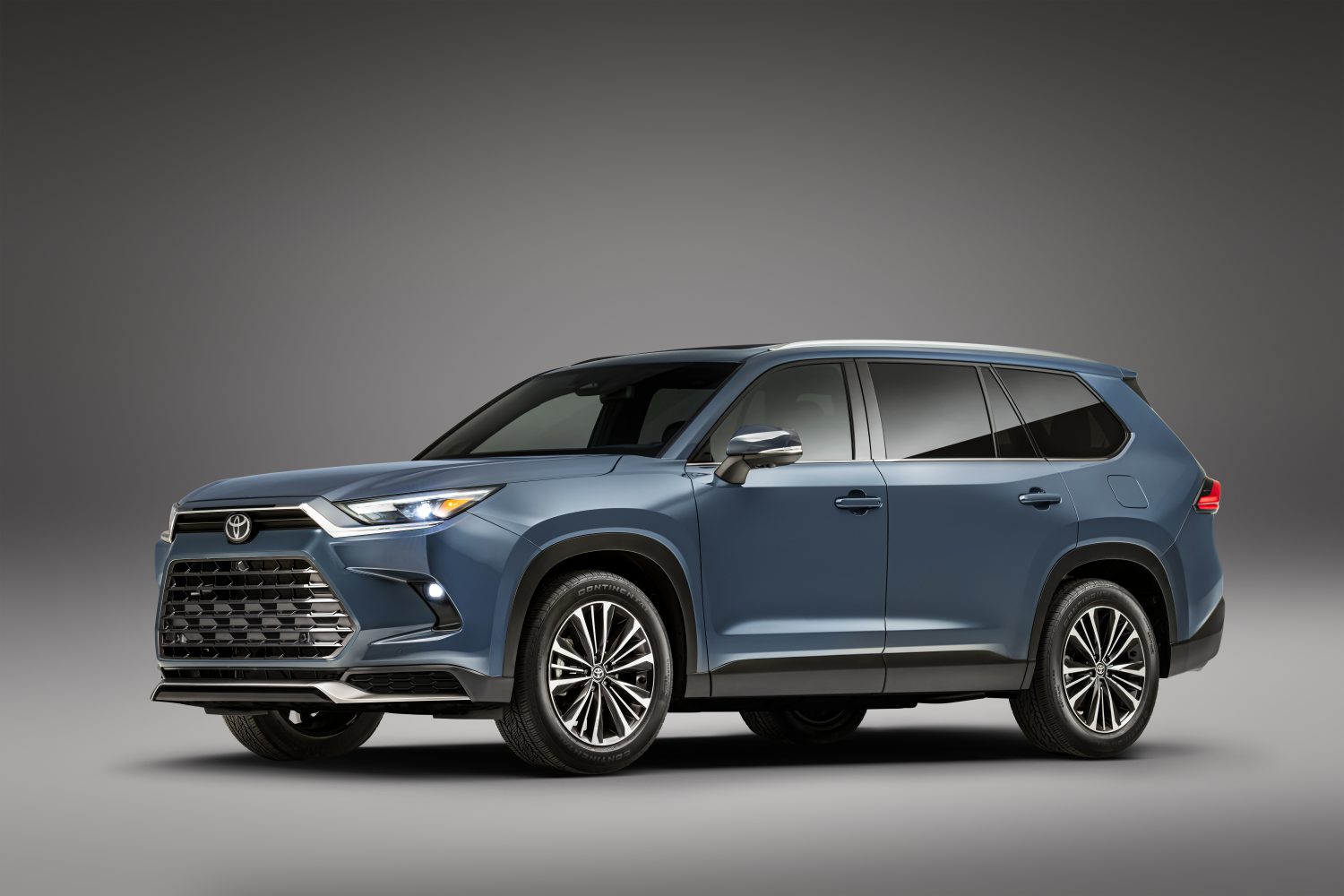
1. Toyota 2.4L 2AZ-FE (Camry, RAV4, Highlander)
The Toyota 2AZ-FE engine was a quiet powerhouse of the early 2000s—designed not to thrill drivers with speed or performance, but to instill confidence through mechanical dependability. Found in the Camry, Highlander, RAV4, Scion tC, and even the Solara, this 2.4-liter inline-4 powered millions of vehicles with little drama.
What makes the 2AZ-FE so impressive isn’t just its reliability—it’s the fact that it will start and run even after years of use, often in less-than-ideal conditions. If there were a gold standard for “daily driver” engines that never leave you stranded, the 2AZ-FE would be on the short list.
One reason for its bulletproof performance is the balance Toyota struck between modern efficiency and traditional engineering. The engine used aluminum construction with cast iron cylinder liners, which reduced weight while preserving cylinder durability.
The DOHC configuration with VVT-i (Variable Valve Timing with intelligence) provided smooth power delivery and helped improve fuel economy and emissions.
Crucially, Toyota opted for a timing chain instead of a belt, eliminating one of the most common maintenance headaches for older engines. This meant fewer catastrophic failures at high mileage and lower costs of ownership over time.
When it comes to cold starts and high-mileage performance, the 2AZ-FE excels. Reports of these engines firing up in sub-zero temperatures or after being parked for weeks are common.
The electronic fuel injection system and reliable ignition coil packs deliver spark consistently, and the engine management system ensures quick fuel delivery. This means that even at 250,000 miles, the 2AZ-FE often starts as easily as it did at 25,000. For people living in extreme climates or relying on their vehicle for daily commuting, that level of consistency is invaluable.
There were some minor issues—most notably, some early 2AZ-FE engines experienced excessive oil consumption, particularly around the 2007–2009 model years. But Toyota addressed this in later versions, and many owners found that even oil-burning engines could last hundreds of thousands of miles with regular top-offs.
The engine’s resilience to wear, abuse, and time is legendary. It’s not flashy, but it’s built with the kind of intelligence and care that only Toyota can offer—and it’s that understated brilliance that makes the 2AZ-FE a true champion of reliability.
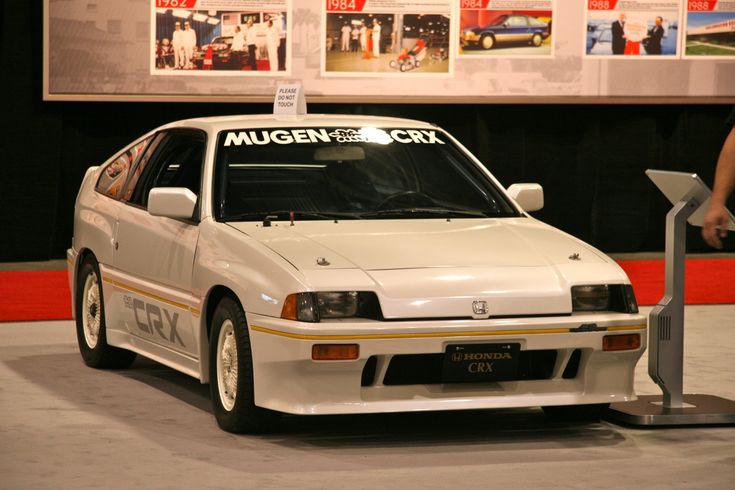
2. Honda 1.5L/1.6L D-Series (Civic, CRX)
The Honda D-series engines defined an era of compact, efficient, and indestructible motoring. For many drivers of the 1990s and early 2000s, their first experience with car ownership involved a Civic or CRX powered by one of these humble inline-four engines.
Available in displacements ranging from 1.5 to 1.6 liters, the D-series was known for its legendary reliability, excellent fuel economy, and—most importantly—its uncanny ability to start and run even under adverse conditions and high mileage.
What gave the D-series its staying power was Honda’s obsessive attention to detail. The engine’s aluminum block with iron sleeves, lightweight pistons, and straightforward single-overhead-camshaft (SOHC) design meant it had few moving parts, and each of those parts was engineered for tight tolerances and efficiency.
Honda emphasized smooth airflow and combustion in the D-series, which translated to consistent ignition and combustion over time. Even versions with VTEC (Variable Valve Timing and Lift Electronic Control) maintained this rock-solid performance.
Fuel injection came standard on most D-series engines starting in the early 1990s, which was a major boost for cold starts and high-mileage operation.
Gone were the days of carburetor woes—these Hondas fired up instantly in cold or hot weather alike. As long as the battery and starter were in working order, the engine would crank and catch without delay. This is why you still see 25- and 30-year-old Civics on the road, often with odometers well into the 300,000s.
The D-series also proved to be one of the most resilient engines when neglected. Drivers who skipped oil changes, ran low-quality gas, or missed scheduled maintenance often found their engines still humming along. This wasn’t ideal, of course, but it demonstrated just how robust the design was.
The engine didn’t demand premium care—it simply asked for the basics. Give it clean oil, fresh spark plugs, and a functioning cooling system, and it would reward you with another hundred thousand miles of faithful service.
More than just a reliable powerplant, the D-series engine is part of Honda’s cultural legacy. It was the heart of the tuner movement, the soul of the economy car, and the symbol of DIY motoring.
Whether you were commuting to school, autocrossing on the weekends, or simply driving from point A to B, the D-series made sure you got there. It may not have delivered turbocharged thrills or luxury smoothness, but it never failed to start—and that, for many drivers, is the most important performance spec of all.
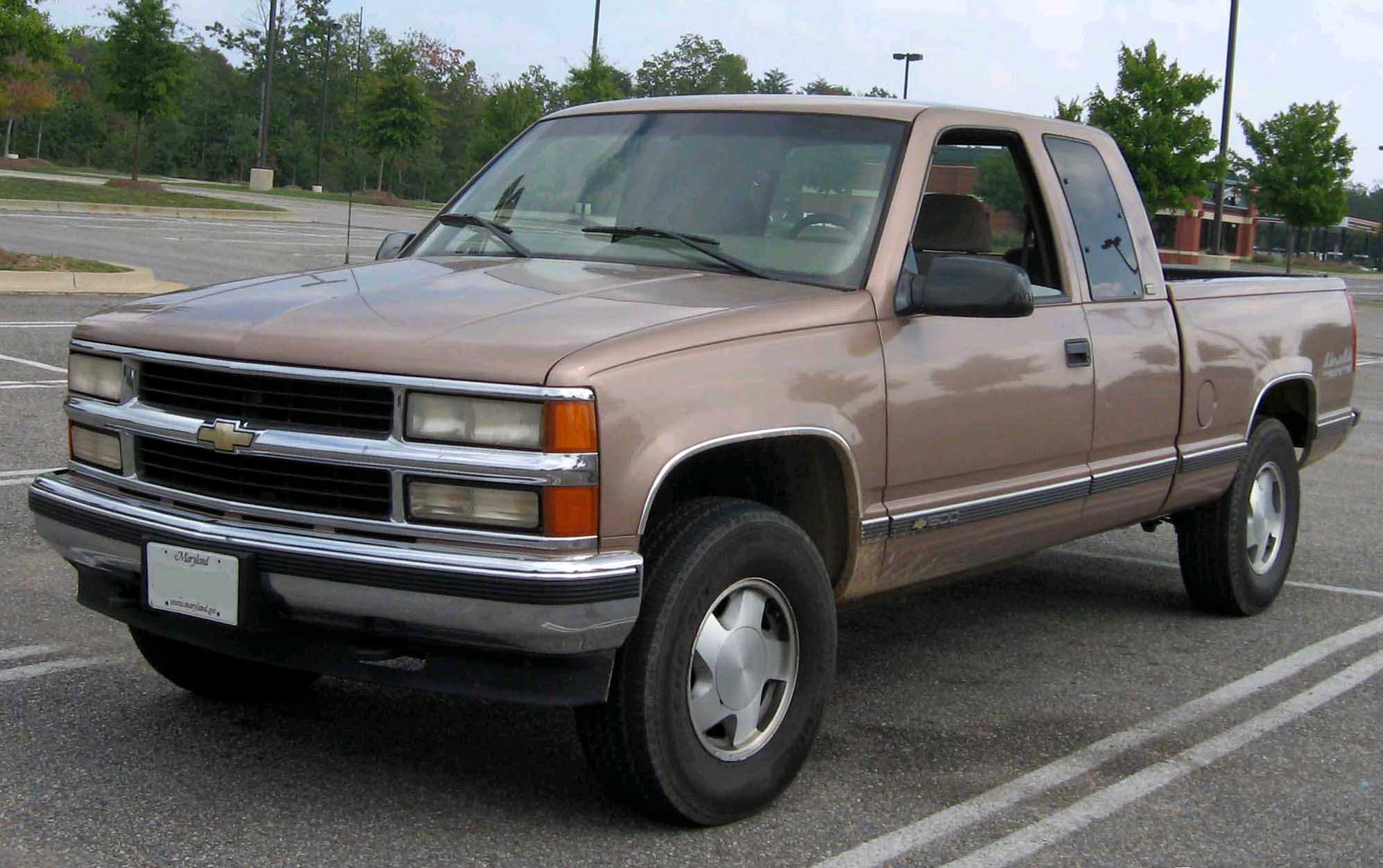
3. GM 5.3L Vortec V8 (Silverado, Tahoe, Suburban)
When it comes to full-size American trucks and SUVs, the GM 5.3L Vortec V8 is a legend in its own time. First introduced in 1999 as part of the Gen III small-block engine family, the 5.3 was designed with durability, ease of maintenance, and real-world performance in mind.
Over the decades, this engine has powered everything from work trucks to family haulers, accumulating hundreds of billions of miles across the U.S. and beyond. And through all that, its most endearing quality is this: it starts. Every time.
The 5.3L Vortec owes much of its reliability to its old-school roots. It’s a small-block Chevy at heart, and GM didn’t reinvent the wheel—they just refined it.
With an iron block in most configurations, aluminum heads, and sequential fuel injection, the 5.3 strikes a perfect balance between ruggedness and modern control. A chain-driven camshaft, pushrod valvetrain, and hydraulic lifters all contribute to the engine’s simplicity, while advanced ECMs (Engine Control Modules) help optimize performance and cold starts.
This engine is a cold-weather hero. Even in the depths of winter, when other engines groan and struggle, the 5.3L often fires up with just a single crank. Thanks to a solid ignition system, a well-tuned ECM, and robust fuel delivery, the engine doesn’t need perfect conditions to start.
Even high-mileage variants with 250,000+ miles on the odometer typically show no signs of startup hesitation. Whether it’s been sitting for weeks or working hard all day, the Vortec just runs.
What makes this engine especially impressive is how well it tolerates abuse. Hauling heavy loads, towing in the heat, missed oil changes—many 5.3s just keep going. They’ve gained almost mythical status among rural drivers, DIY mechanics, and people who need their vehicle to work every day without fail.
The aftermarket support is immense, and replacement parts are cheap and widely available. Combine that with a straightforward design and you get an engine that not only starts reliably but keeps going when others would have given up.
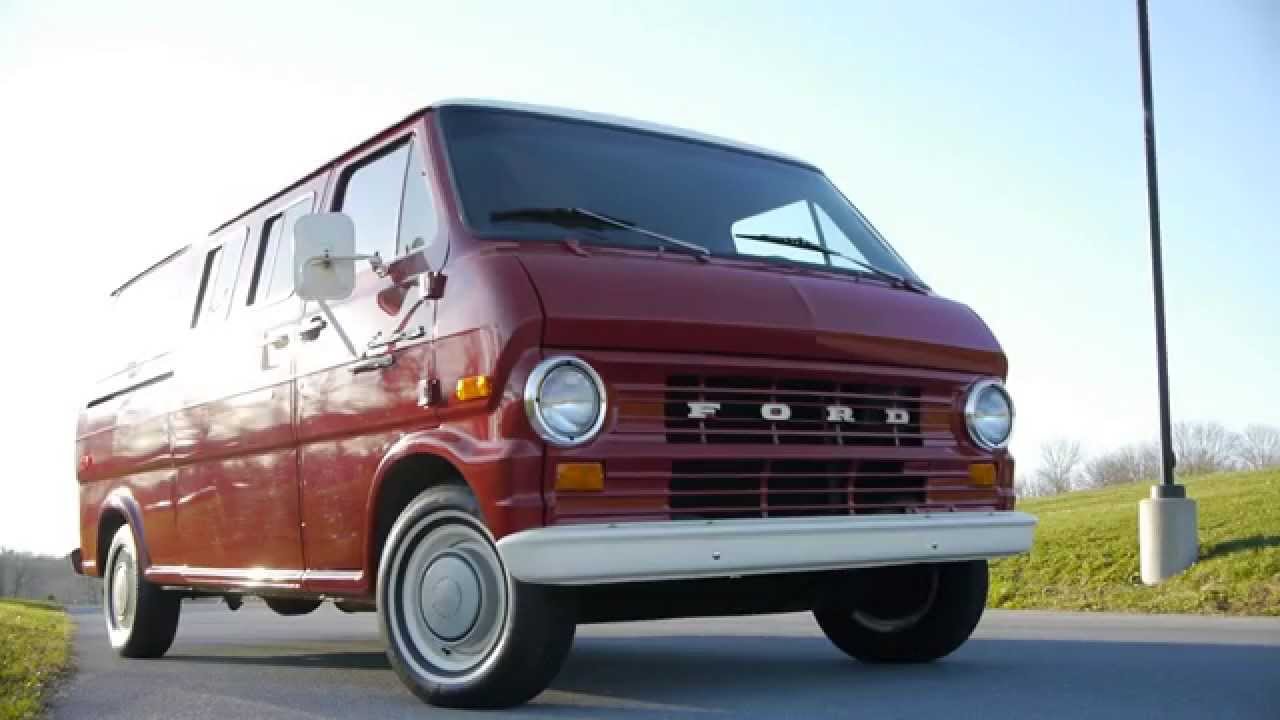
4. Ford 4.9L Inline-6 (F-Series, Econoline)
The Ford 4.9L Inline-6—often referred to as the “300 I6”—is the very definition of mechanical resilience. Used in Ford trucks and vans from the 1960s through the mid-1990s, this engine became a staple of blue-collar America.
Whether it was powering an F-150 on the farm, a contractor’s Econoline van, or a government fleet vehicle, the 4.9L earned its reputation not through refinement or speed, but by sheer willpower to keep running under any condition. This is an engine that doesn’t just start every time—it feels like it wants to start.
The 300 I6 is an inherently balanced and smooth-running engine due to its inline-six layout. But what really set it apart was its overbuilt nature. The engine block was made of thick cast iron, and many internal components were heavy-duty by default—built not for high RPMs, but for long service life.
It was designed to make low-end torque at low RPMs, which made it ideal for trucks. But this low-stress operation also meant that wear and tear happened slowly and predictably, contributing to its legendary lifespan.
Cold weather, rough idle, old spark plugs—it didn’t matter. The 4.9L engine just shrugged it off. Even carbureted versions were known to start reliably in cold climates, and once Ford moved to fuel injection in the late 1980s, cold starts became even more foolproof.
For decades, rural Americans have kept these engines running in remote areas where repair shops are few and far between. If it turns over, it runs. That kind of mechanical loyalty built a following that still exists today.
Ask anyone who owns a 4.9L truck, and they’ll likely tell you the same thing: “It never left me stranded.” That kind of reputation doesn’t come from flashy marketing or one-off success stories—it comes from decades of real-world performance. Whether it’s powering an old farm truck or retrofitted into a modern off-roader, the Ford 300 I6 remains one of the most trusted, consistent-starting engines ever built.
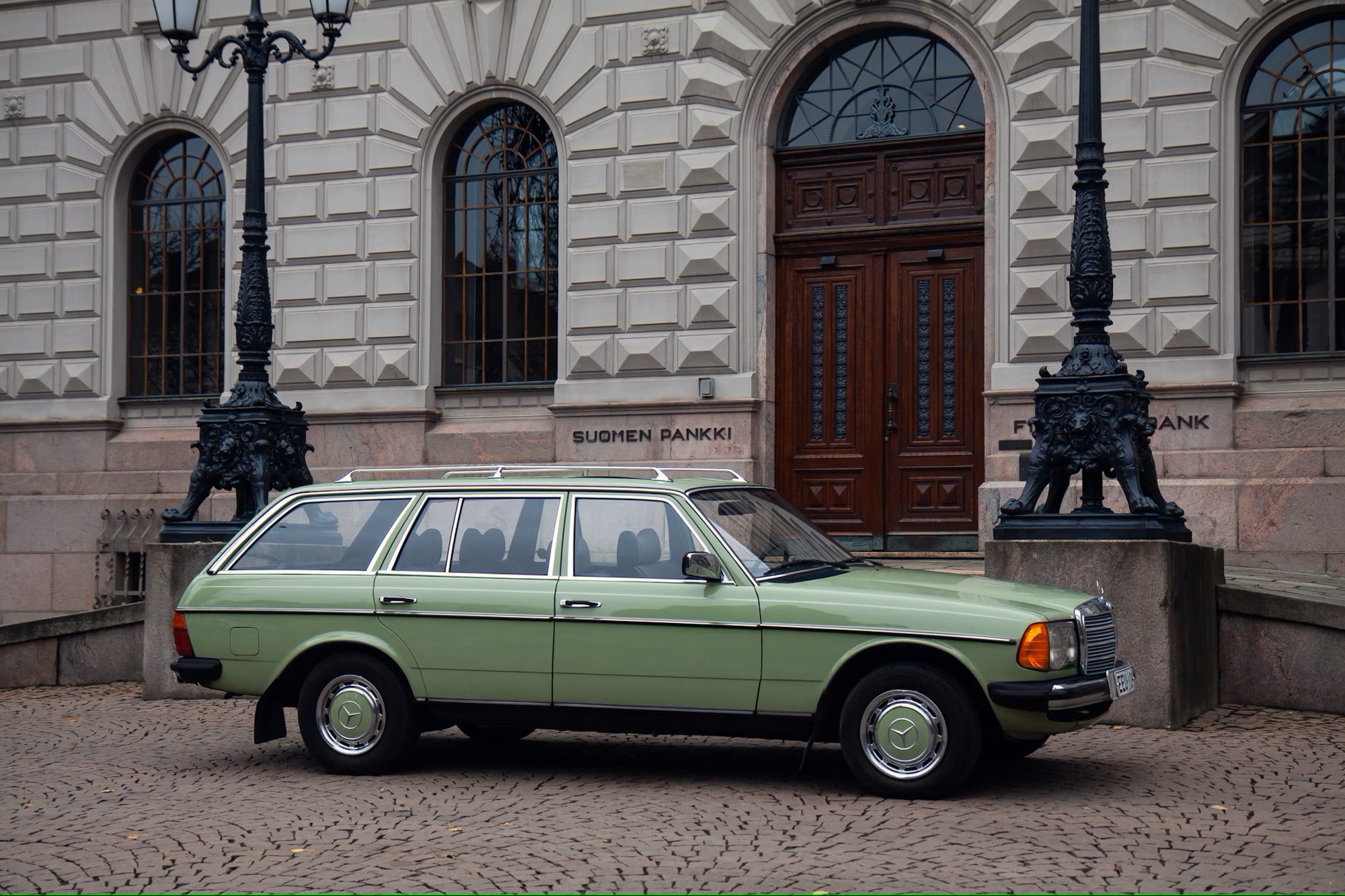
5. Mercedes-Benz OM617 3.0L Diesel (300D, 300SD, G-Wagen)
The Mercedes-Benz OM617 engine is as close to mechanical immortality as any engine has ever come. This 3.0-liter inline-five diesel engine, used from the mid-1970s through the mid-1980s, was the heart of Mercedes’ bulletproof 300D, 300SD, and various G-Wagen models.
It is perhaps the most reliable diesel engine ever built—not because of its power or efficiency, but because of its single-minded commitment to never stopping. It may be slow, but it is unfailingly dependable.
Built from cast iron and engineered with a conservative compression ratio and oversized bearings, the OM617 was made for endurance. Mercedes engineers in the 1970s weren’t interested in planned obsolescence—they wanted their engines to last a lifetime.
This philosophy led to the creation of an engine that routinely sees half a million miles without internal rebuilds. Even when they do start to get tired, the symptoms are gradual—slightly more smoke, slower cranks—but they still start and run.
One of the greatest achievements of the OM617 was its ability to start in cold climates—a rarity for diesel engines of the era. Thanks to its efficient glow plug system and robust starter motor, the OM617 could start in freezing temperatures as long as the electrical system was intact.
It might take a few extra seconds to warm the glow plugs, but once it cranked, it ran like clockwork. Owners in places like Canada, Sweden, and the northern U.S. relied on this engine to start in conditions that would defeat most gas engines.
The OM617 also found a second life in off-grid and survivalist communities. Its ability to run on alternative fuels—like filtered vegetable oil—alongside its no-nonsense mechanical fuel injection system made it a favorite for remote or self-sustaining builds.
You’ll find these engines swapped into trucks, generators, and even boats. The cult of the OM617 is real, and its members have the same mantra: change the oil, glow the plugs, and it will start—every time.
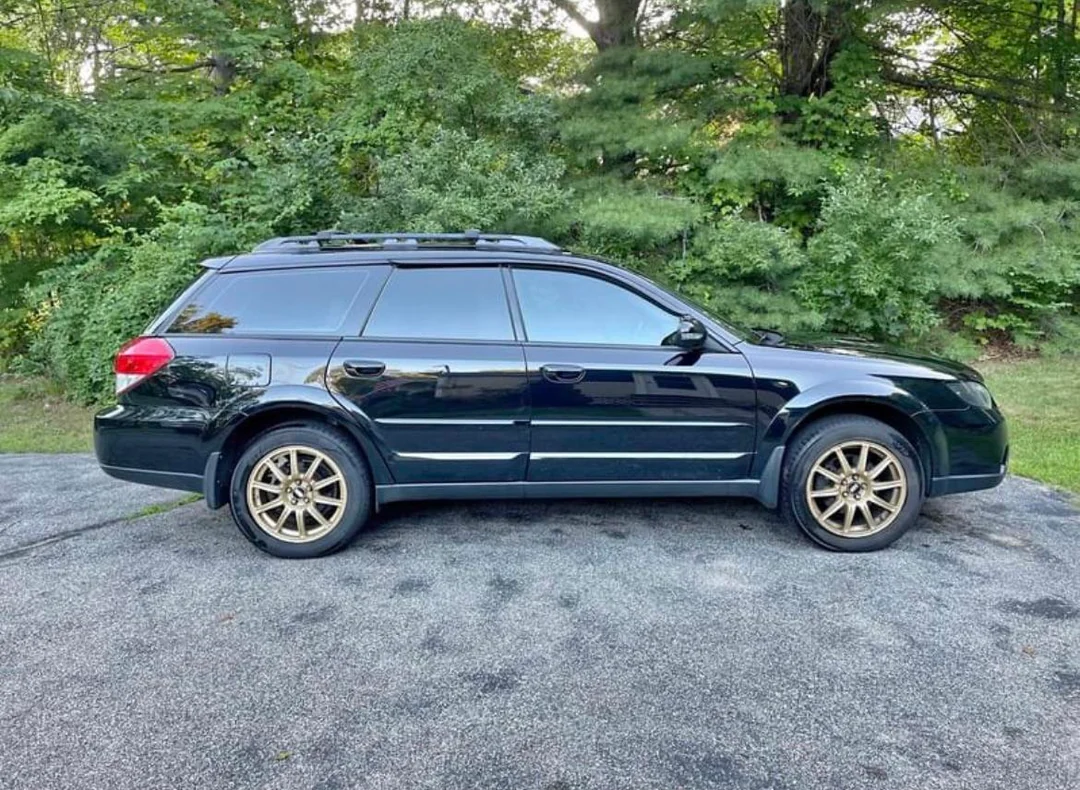
6. Subaru EJ22 2.2L Flat-Four (Legacy, Impreza, Outback)
Subaru’s EJ22 engine is one of the most quietly respected engines of the 1990s. Developed as part of Subaru’s larger EJ engine family, the 2.2L flat-four appeared in models like the Legacy, Impreza, and early Outbacks.
While it didn’t attract attention with raw horsepower or sporty numbers, it gained a cult following for one major reason—it simply didn’t quit. In the world of budget-friendly, all-wheel-drive cars, the EJ22 stood tall for its ability to start every time and run almost forever.
What set the EJ22 apart from its EJ25 successor—an engine that was infamous for head gasket issues—was its rugged design and better head gasket sealing. Early EJ22s (1990–1996) were especially well-regarded for their non-interference design, meaning that if the timing belt failed, there was no catastrophic piston-to-valve collision.
This made the engine not only reliable but also forgiving. The block itself was made with thick castings, and the internals were built with longevity in mind. Overbuilt and under-stressed, the EJ22 was made to last.
Starting behavior was a particular strength of the EJ22. The engine’s electronic fuel injection system was responsive and consistent, aided by a reliable ignition coil setup and well-programmed ECU. Even in colder climates like the mountainous northeast or the high plains, the EJ22 would fire up on the first crank.
The horizontally opposed engine layout also helped with even weight distribution and smooth operation, though it presented some packaging challenges under the hood. Still, that flat-four thrum became a signature of Subaru ownership, and drivers came to trust it completely.
Another reason why the EJ22 is so beloved is its ability to survive neglect. Oil changes missed by thousands of miles, coolant system lapses, or low-octane fuel—this engine tolerated all of it. Owners tell stories of 300,000-mile Legacies that still start up daily and run quietly.
In many cases, the car around the engine fell apart before the engine itself gave up. For Subaru lovers and used-car shoppers alike, a clean EJ22-powered model is still considered one of the best deals in reliable motoring.
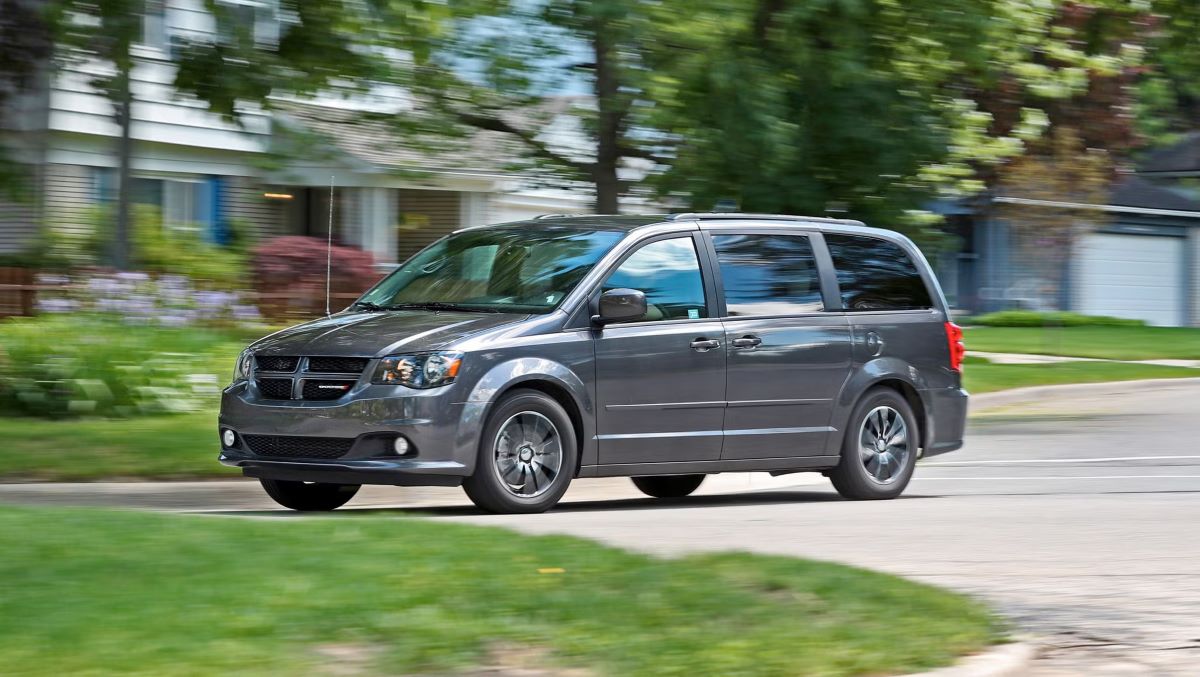
7. Chrysler 3.8L V6 (Minivans, Grand Caravan, Town & Country)
Often overlooked because of its association with family minivans, Chrysler’s 3.8L V6 is a true workhorse that deserves far more recognition. Found in millions of Dodge Grand Caravans, Chrysler Town & Country vans, and early Chrysler Pacificas, this engine was never about thrills—it was about getting your family or your cargo from A to B, year after year, without drama. What it lacked in pizzazz, it more than made up for in raw mechanical endurance and dependable starting behavior.
The 3.8L was part of Chrysler’s pushrod V6 family, and it featured a cast iron block with aluminum cylinder heads. Unlike overhead cam designs that could suffer from timing belt or chain failure, the pushrod layout of the 3.8L meant fewer moving parts and less chance of catastrophic failure.
It was also a torque-rich engine, making it well suited for heavy, front-wheel-drive minivans that needed to haul passengers and gear daily. It could handle the load and the mileage with quiet confidence.
In terms of startup reliability, the 3.8L V6 excelled. Even after sitting for long periods or enduring brutal winters, this engine was known to come to life with minimal effort.
Many owners of old Dodge or Chrysler minivans can attest to the engine cranking over and firing up instantly, even when the vehicle’s electronics or transmission were showing signs of age. That reliability meant families could depend on it to start every morning, and businesses could trust it to keep their fleet running.
What made the 3.8L truly special, though, was how long it could go with minimal maintenance. Owners often skimped on oil changes, skipped air filters, and even ignored engine warning lights—but the 3.8L just kept running.
High-mileage examples with 250,000 to 300,000 miles are common, and the engine often outlasts the body and transmission. It may not be the most glamorous powerplant, but it’s one of the most dependable—an unsung hero of American motoring that proves starting every time doesn’t require a badge of honor, just solid engineering.
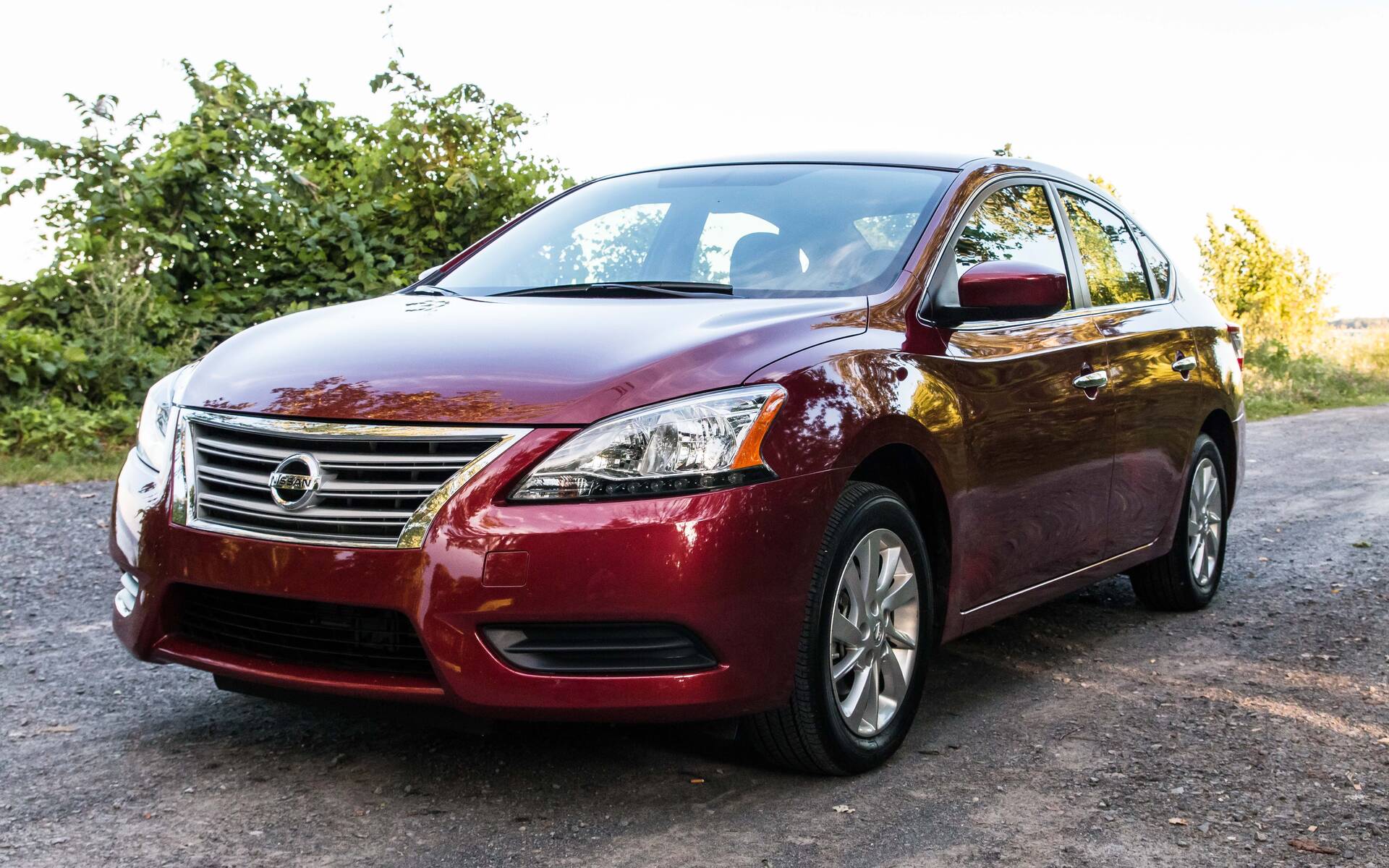
8. Nissan SR20DE 2.0L Inline-4 (Sentra SE-R, 200SX, Infiniti G20)
The Nissan SR20DE is an enthusiast favorite—and for good reason. This 2.0L inline-four engine wasn’t just reliable; it was one of the most robust and versatile Japanese engines ever produced.
Found in everything from Sentra SE-Rs to Infiniti G20s, the SR20DE combined power, simplicity, and an unshakable commitment to reliability. It’s an engine that would survive street abuse, track days, long-distance drives, and still start with a single turn of the key.
At the heart of the SR20DE’s success was its bulletproof construction. With a cast-iron block and aluminum DOHC cylinder head, the engine was built to handle high RPMs without flinching. Nissan engineered this motor with serious tolerances—pistons, rods, and bearings that could take abuse well above the stock redline.
While it wasn’t turbocharged in most applications (that would be the SR20DET), the naturally aspirated version was more than enough for spirited driving, especially in lightweight cars like the Sentra SE-R.
But even if you weren’t a tuner or racer, the SR20DE won hearts for its dependable behavior. Cold starts? No problem. Long periods of disuse? It would still fire up without hesitation.
The combination of multi-point fuel injection, an excellent ignition system, and intelligent ECU tuning meant this engine was rarely caught off guard. Whether you were in hot, humid summer weather or the frigid morning of a Midwest winter, the SR20DE showed up for work—every single time.
Another major appeal of the SR20DE was its adaptability. This engine lived comfortably in stock form for the average driver, but also welcomed upgrades, abuse, and experimentation.
Turbocharging, engine swaps, and high-mileage endurance runs—nothing seemed to faze it. You could find SR20s powering everything from daily drivers to drift missiles to endurance racecars, often with the same basic internal setup. Its blend of simplicity, ruggedness, and reliable starting makes it a true legend in the automotive world.
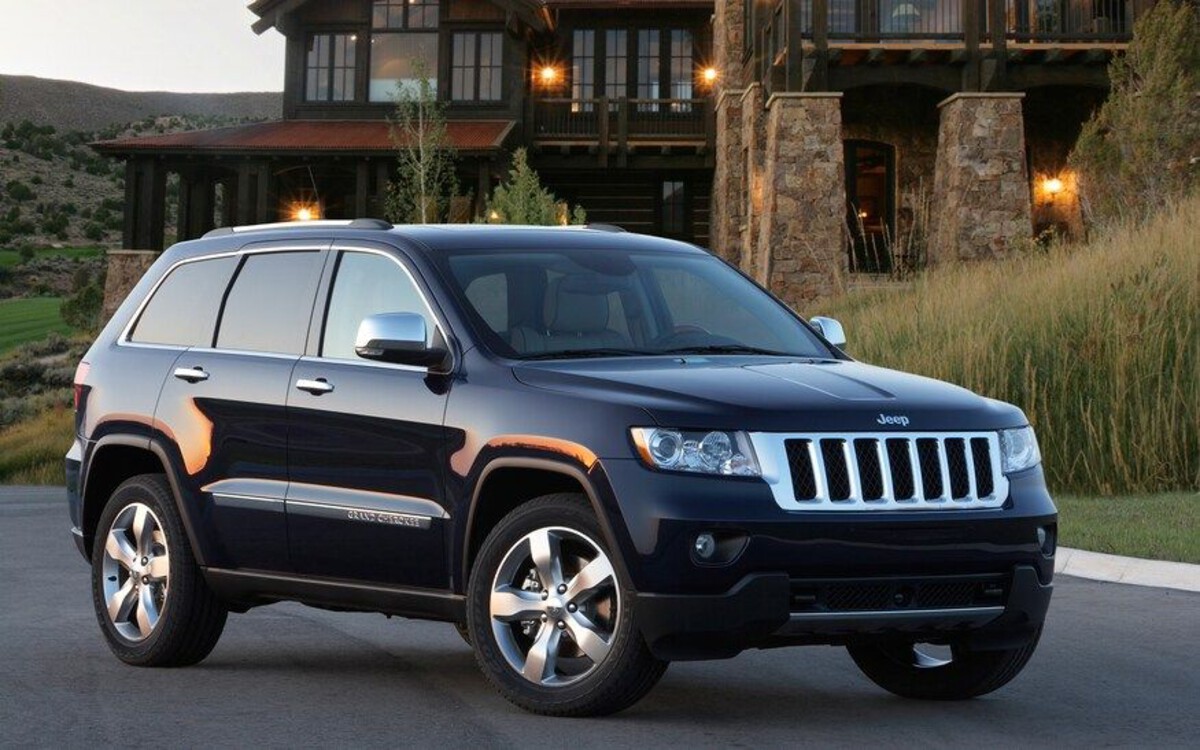
9. Jeep 4.0L Inline-6 (Cherokee, Wrangler, Grand Cherokee)
If there’s one engine that defines Jeep reliability, it’s the 4.0L inline-six. Built on the architecture of the older AMC straight-six, the 4.0L became a fixture in Jeep vehicles from the late 1980s until the early 2000s.
Found in the Cherokee (XJ), Grand Cherokee (ZJ/WJ), and Wrangler (YJ/TJ), this engine didn’t just make torque—it made trust. Known for running smoothly with minimal maintenance and starting under the most adverse conditions, the Jeep 4.0L earned a reputation as one of the toughest engines in off-road history.
What made this engine nearly indestructible was its conservative design. A cast iron block, iron head, simple pushrod valvetrain, and a long-stroke crank all combined to produce low-end torque and bulletproof durability. The engine wasn’t high-strung; it rarely revved past 4,800 RPM, and it didn’t need to.
Jeep owners prized it for its “tractor-like” pulling power and its ability to keep running, no matter how poorly treated. It’s been said that you could run this engine with no oil for a short time, and it would still start up.
Starting consistency is one of the biggest testaments to the 4.0L’s greatness. Whether it had sat idle in a barn for five years or was covered in snow in the Rockies, it would usually fire right up with a healthy battery.
Even as electronics and emissions systems aged, the core engine refused to stop. Junkyard engines pulled from 300,000-mile XJs are still being swapped into Wranglers and Comanches today, and they continue to run like clockwork with minimal effort.
The 4.0L I6 is more than just a reliable engine—it’s a symbol of Jeep’s practical engineering legacy. It was never flashy, but it never needed to be.
Whether it’s used for trail crawling, daily commuting, or plowing snow, the Jeep 4.0 is a reminder that sometimes, old-school durability and honest mechanical design are better than any amount of complexity. It’s the engine that starts when you need it—and keeps going when others give up.
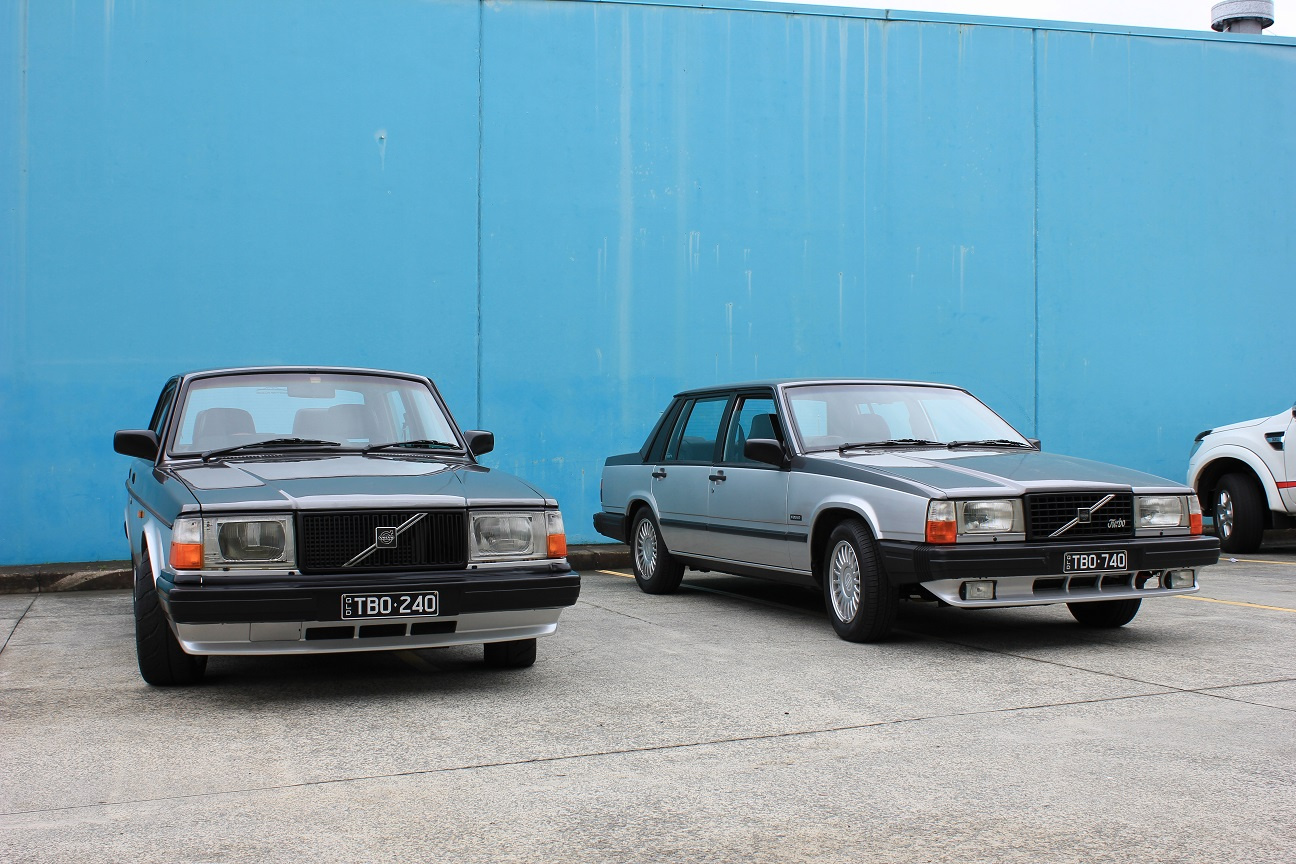
10. Volvo Redblock Engines (B21, B23, B230 – 240/740/940 Series)
The Volvo Redblock engines—so named for their distinctive red-painted blocks—are some of the most rugged and enduring engines ever put into consumer vehicles.
Built from the 1970s through the early 1990s, these inline-fours powered the legendary 240, 740, and 940 series of rear-wheel-drive Volvos. Their reputation for longevity, simplicity, and unfailing startup behavior has made them icons among vintage car lovers and DIYers alike.
These engines were designed with one thing in mind: survival. Cast iron blocks and forged cranks, heavy-duty pistons, and ultra-thick cylinder walls made the Redblocks virtually immune to wear.
Most of the engines featured overhead camshafts, gear-driven timing components (in the earlier models), and bulletproof Bosch fuel injection systems. The result was a family of engines that didn’t just run well—they ran forever. It’s not uncommon to find Redblocks with 400,000 miles still starting on the first crank.
Starting behavior is where the Redblock truly excels. Designed for the cold and harsh climates of Sweden, these engines were engineered to start in sub-zero temperatures with minimal struggle.
Robust starters, clean ignition timing, and reliable fuel systems ensured that, even after weeks of sitting or enduring a deep freeze, the car would come to life. Whether you’re in a snowy mountain town or a damp coastal village, Redblocks just don’t let you down.
What further cements the Redblock’s legend is its fixability. Everything about these engines is designed for accessibility—wiring is simple, vacuum lines are manageable, and mechanical components are overbuilt.
Even complete novices with a repair manual can keep a Redblock running with basic tools. In an era where engines are more complicated than ever, the old-school charm and bulletproof nature of the Volvo Redblock remind us why some cars, and engines, are worth keeping forever.
Also Read: 5 Cars That Will Never Lose Appeal vs 5 That Already Did
When you look under the hood of a vehicle, you’re not just seeing metal, wires, and moving parts. You’re looking at the heart of the machine—the part responsible for everything from a quiet morning commute to a cross-country adventure.
But engines are more than just mechanical devices. They’re promises. They promise to wake up when you need them. They promise to keep going, even when every warning light is on and the oil is overdue. And perhaps most importantly, they promise to start. Every time.
The engines featured in this list aren’t merely mechanically impressive; they’re emotionally reassuring. For the millions of drivers who have depended on them, day in, day out, they’ve provided peace of mind. These are engines that serve without complaint, that ask for little but give so much.
They’re the reason a single parent gets to work on time. They’re the reason a rural family can rely on a 20-year-old vehicle. They’re the reason a trail explorer feels safe miles away from civilization. Each one represents a story of loyalty and endurance.
Over the years, the vehicles surrounding these engines may have changed. Bodies rusted. Interiors faded. Electronics failed. But the engines? The engines just kept going. They adapted. They fired up after months in storage.
They started in cold or scorching heat. They tolerated bad gas, skipped maintenance, and had inexperienced mechanics. Their greatness wasn’t in flashy performance or revolutionary design, but in unwavering consistency. No matter the weather, no matter the mileage, they started.
What makes this legacy even more remarkable is that many of these engines were never meant to be glamorous. They weren’t designed for luxury cars or sports models (though a few certainly found their way into those).
They were created for the real world—for the working person, the off-roader, the commuter, the student. They were designed to outlast trends and deliver performance without the drama. And that’s exactly what they did.
Today, as car engines become more complex and technology-driven, there’s something nostalgic and comforting about these legends of durability. They remind us of an era when an engine’s worth was measured not in tech specs or horsepower, but in how long it would last and how dependably it would start.
And while modern engines offer many new benefits, few of them will be spoken of decades later with the same reverence as the Jeep 4.0L, the Honda D-series, or the Volvo Redblock.
So as you shop for your next used car, restore your next project, or simply reflect on the vehicle that’s served you well, remember these ten engines. These are the ones you can trust. The ones that fire up on the coldest mornings. The ones that hum quietly after 300,000 miles. The ones that keep their promise.
In the end, an engine that starts every time isn’t just a piece of machinery. It’s a companion, a lifeline, a quiet hero beneath the hood. These ten engines earned their legendary reputations not because they were the most powerful, but because they were always there, ready to go. And that, in the world of motoring, is the highest praise of all.
